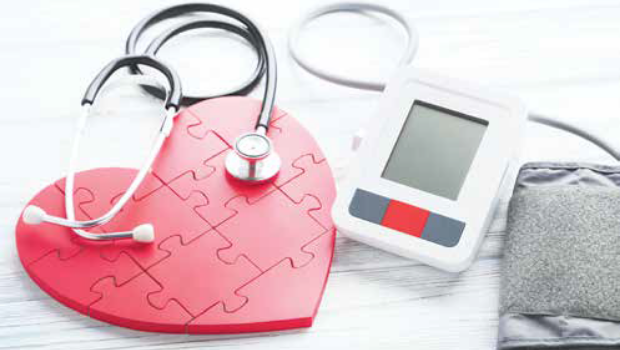HOW TO READ BLOOD PRESSURE ACCURATELY
How To Read Blood Pressure Accurately
by Doug Pucci
There’s no question that knowing a patient’s blood pressure is a first step to diagnose or correct hypertension or hypotension. Both extremes are indicative of health risks; blood pressure readings that are too high or too low can tell a lot about related functions in the body that are off. Monitoring for blood pressure is best done at home over multiple readings instead of at the doctor’s office. Typically, only one reading is taken during the visit and is recorded onto the patient’s chart. It’s not uncommon for that reading to be higher than normal, either from being nervous about the appointment, feeling rushed.
This typical scenario occurs in part because high blood pressure is a serious concern, and also because the patient likely has other health risks and co-morbidities like a tendency toward diabetes, a family history of heart disease, being overweight and so on. A one-time reading may be sufficient to make this decision. Interpreting blood pressure incorrectly, coupled with the common tendency to overprescribe, means that being placed on a blood pressure medication is nearly routine. Many patients think nothing of it.
A better way to attain a more accurate reading is to take a series of blood pressure readings at home using a simple digital pressure cuff. Not only is it easy to do, but it will allow for better informed decision-making.
Step 1 – Extend the left arm, placing the cuff snug around the bicep and making sure the cuff sits above the elbow; it should be snug, but not tight.
Step 2 – Align the cuff such that the center tube from the cuff to the pressure monitor is running down the inside center crease inside of the left arm.
Step 3 – Relax the arm by sitting comfortably at a table (or on a chair with an arm rest); do not tense.
Step 4 – Press the button and let the machine run to get a readout (it will stop automatically), and then write down the two numbers, called systolic and diastolic readings, and the heart rate, or pulse. It will look more or less like this: 120/60, 72.
Step 5 – Repeat two more times, about two minutes apart each, and write down the numbers each time. For example: BP 1: 120/72, 76—BP 2: 135/68, 70—BP 3: 128/72, 74
Because blood pressure will vary from day to day and even within the same day, and intentionally responds to circumstances and events that crop up during the day, use these strategies to get an even more accurate average.
Take a first blood pressure reading upon waking before having eaten or drunk anything—food and any drink other than water can affect blood pressure.
Write the systolic, diastolic and heart rate numbers down; relax and wait about two minutes, then take another reading, and then a third. Average those three readings and mark that as the A.M. daily blood pressure reading on a sheet of paper.
Repeat the exact same steps as above again around the early part of the evening before dinner. Mark that as the P.M. calculation.
Do this every morning for a week and at the end of the week for a more realistic understanding of what the blood pressure really is. This is a better way to evaluate for medications, make decisions and to examine where across the week a blood pressure spike is most likely to occur.
To learn about Dr. Pucci’s Root Cause Solution to chronic health concerns, call 201-261-5430 or register at GetWell-Now.com/webinar.


























